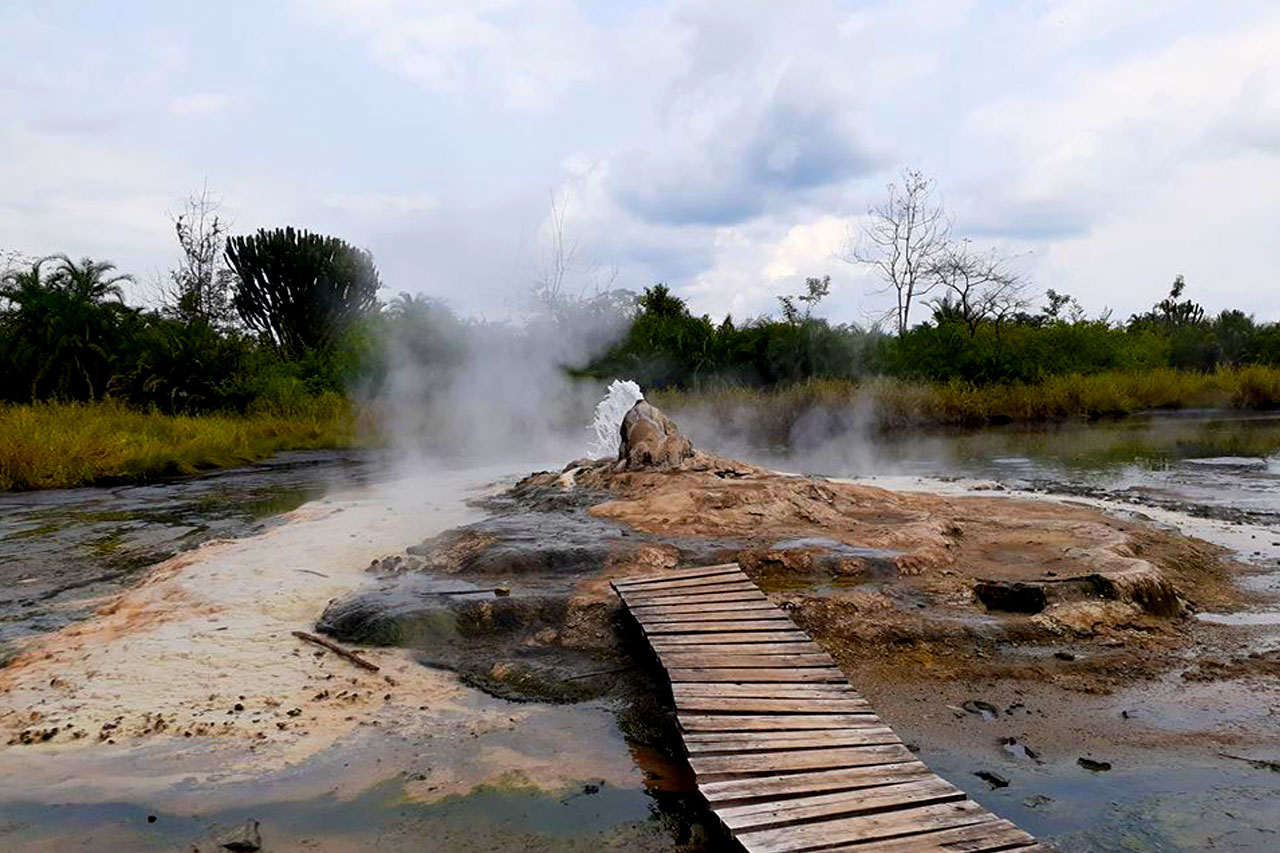travel to the wild!
Explore
General
Copyright © Streams Safaris Ltd. All Rights Reserved.
Size: 370km2
Altitude: 1,220m – 1,828m above sea level
Lake Mburo National park is one of the smallest Savannah parks in the country yet blessed with so much. It contains a wide variety of habitat types, which enables it to host a high diversity of animals and plants for its size. It supports globally threatened species of birds, supports two of the endangered cichlid fish species which have gone extinct in the main lakes and it is the only system in Uganda in which the Impala is found.
Together with 13 other lakes in the area, Lake Mburo forms part of a 50km-long wetland system linked by a swamp. Five of these lakes lie within the park’s borders. Once covered by open savanna, Lake Mburo National Park now contains much woodland as there are no elephants to tame the vegetation. In the western part of the park, the Savannah is interspersed with rocky ridges and forested gorges while patches of papyrus swamp and narrow bands of lush riparian woodland line many lakes.
Activities in Lake Mburo National Park include; Game drives in the rolling hills and open grasslands, Boat trip along Lake Mburo, Nature walk, sport fishing, Forest walk in Rubanga which offers an opportunity to view different bird species, as well as adventure activities like horseback riding and quad biking.
The park is a gateway to the parks of western Uganda as it’s located along the highway that connects Kampala to these parks.
Over 68 mammal species have been recorded. Rarities include impala, which, in Uganda, only lives in Lake Mburo, and Burchell’s zebra and eland which are found only here and in Kidepo. Other species include warthog, buffalo, oribi, Defassa waterbuck and reedbuck. Leopard and hyena are also present while crocodile and over 300 hippos are found in the lake. Previously extinct in the park, lions have recently been sighted again and Rothschild Giraffes recently introduced.
Bird life in Lake Mburo National Park is also flourishing. Over 350 species have been recorded to date. These include the Red-faced Barbet, only seen in Lake Mburo, the endemic African Finfoot and the rare Shoebill. Other key species are the Papyrus Yellow Warbler, Saddle-billed Stork, Brown-chested Lapwing, African-wattled Lapwing, Carruther’s Cisticola, Tabora (Long-tailed) Cisticola, African Scops Owl, Abyssinian Ground Hornbill and White-winged Warbler.
Forest species include Blue-breasted Kingfisher, Hairy-breasted Barbet and Yellow-rumped Tinkerbird, among others and these can be found in Rubanga forest.
The park also provides refuge to 22 species of Palaearctic and Afro-tropical migrant birds during adverse conditions.

 Semuliki National Park
Scroll to top
Semuliki National Park
Scroll to top